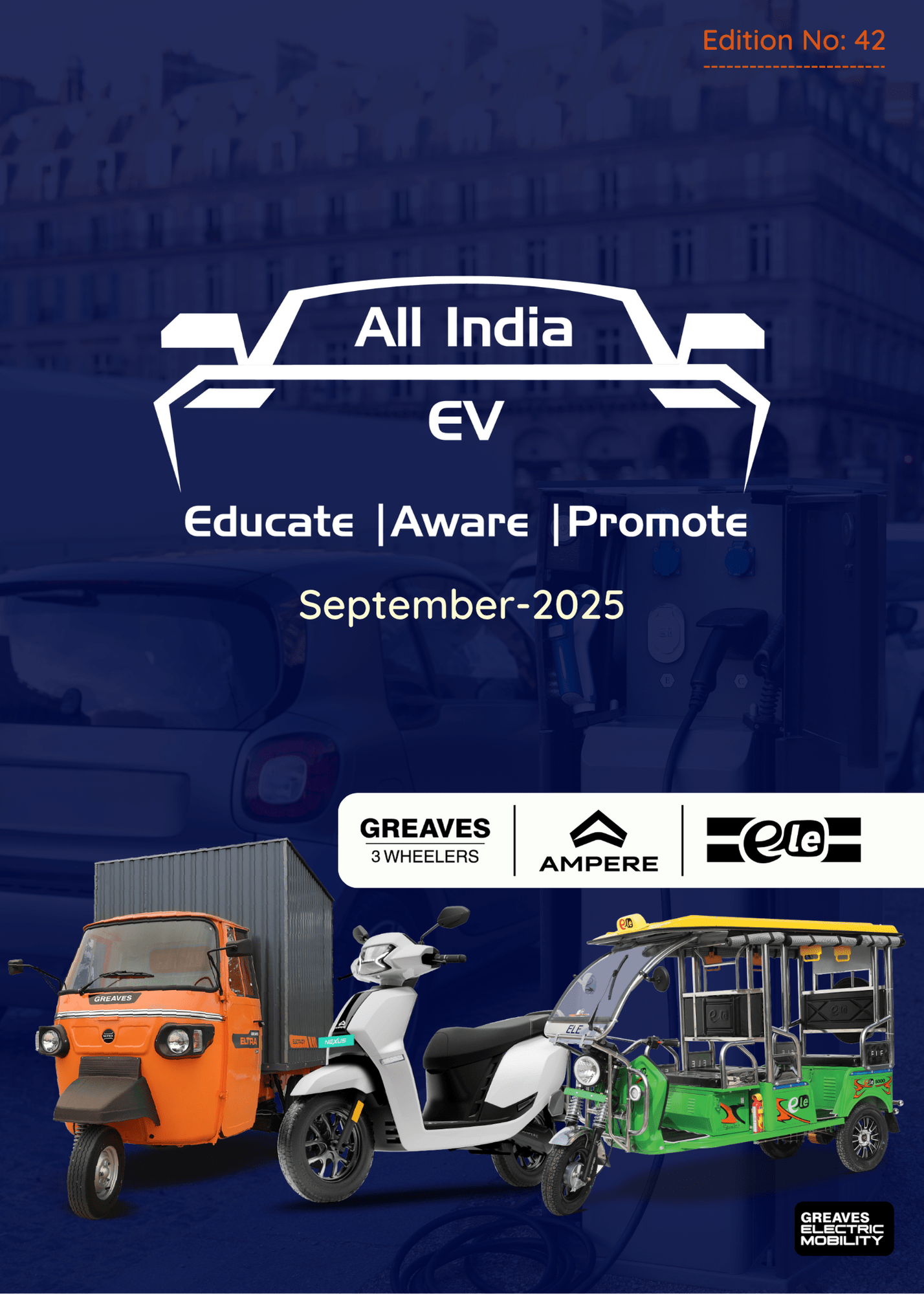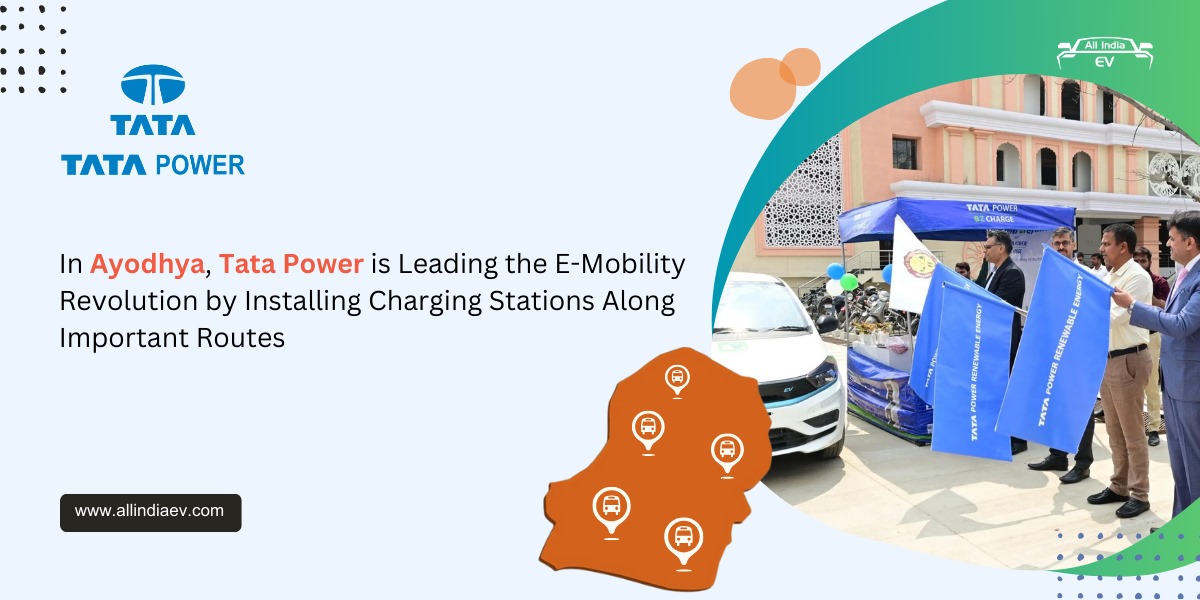
By 2035, EVs Will Consume 6 to 8.7% of India’s Electricity
The electric vehicle (EV) revolution is well underway in India. With the government pushing for greener transportation solutions and the public’s growing interest in sustainable alternatives, EVs are gaining momentum across the country. By 2035, it is predicted that electric vehicles will consume between 6% to 8.7% of India’s total electricity, according to a recent report. This surge in EV electricity consumption in India is expected to have profound implications for the country’s power grid, energy policies, and overall sustainability goals.
In this blog, we explore the rise of EVs, their projected electricity demand, the role of renewable energy, and the steps India must take to meet the growing EV electricity consumption while minimizing environmental impacts.
The Rise of Electric Vehicles in India
India’s EV market has seen rapid growth, driven by government policies, increasing environmental awareness, and improvements in EV technology. The FAME II scheme (Faster Adoption and Manufacturing of Electric Vehicles), introduced by the Indian government, has been instrumental in boosting EV adoption by providing financial incentives to manufacturers and consumers.
As of 2024, the EV electricity consumption in India is steadily increasing as more vehicles enter the roads. Experts predict that by 2030, EVs could constitute up to 30% of the total vehicle sales in the country, driving up energy demand significantly.
The Projected Electricity Consumption of EVs by 2035
By 2035, EVs are expected to consume 6% to 8.7% of India’s electricity. This increase in EV electricity consumption in India is attributed to the growing number of electric vehicles, widespread charging infrastructure, and advancements in battery technology.
Key factors contributing to this projection include:
➡️ Number of EVs on the road: The growing fleet will naturally lead to higher electricity demand.
➡️ Charging infrastructure: More charging stations, especially in cities, will drive electricity use.
➡️ Battery technology improvements: While newer batteries may improve energy efficiency, the sheer number of EVs will still push electricity consumption upwards.
How India’s Power Grid is Preparing for EV Growth
India’s power grid will need substantial upgrades to manage the increasing EV electricity consumption.
The current infrastructure may not be equipped to handle the additional load brought on by millions of EVs charging daily. Some key initiatives include:
► Upgrades to the existing grid: Investment in modernizing power grids to ensure stability during peak demand periods caused by EV charging.
► Smart grid technology: Implementing smart grids can help balance the electricity load and ensure efficient power distribution.
► Renewable energy integration: Renewables like solar and wind are crucial in mitigating the rise in EV electricity consumption in India, ensuring cleaner energy sources power EVs.
Challenges to India’s Electricity Infrastructure Due to EVs
As EV electricity consumption in India continues to rise, the power grid will face several challenges:
➡️ Grid strain during peak hours: A surge in charging demand during evening hours could lead to power shortages.
➡️ Limited charging infrastructure: Rural and semi-urban areas need significant investment in charging networks to meet the growing demand.
➡️ Energy storage solutions: Battery storage technologies must improve to maintain grid stability, especially when renewable energy sources are not available.
Countries like Norway, China, and the USA have made significant progress in managing EV electricity demand. By adopting smart grid systems and incentivizing renewable energy, these nations offer valuable lessons for India as it grapples with growing EV electricity consumption.
To manage future EV electricity consumption in India, the country must:
➤ Foster public-private partnerships for innovation in EV infrastructure.
➤ Expand its renewable energy capacity.
➤ Invest in grid modernization and smart grid technologies.
➤ Build a wider network of charging stations across urban and rural areas.
Towards the end..
By 2035, electric vehicles will account for 6% to 8.7% of India’s electricity consumption. This presents both a challenge and an opportunity for India to lead the world in sustainable transportation. With investments in infrastructure, renewable energy, and smart grid technologies, India can ensure a smooth transition to an EV-driven future while keeping environmental impacts in check.









